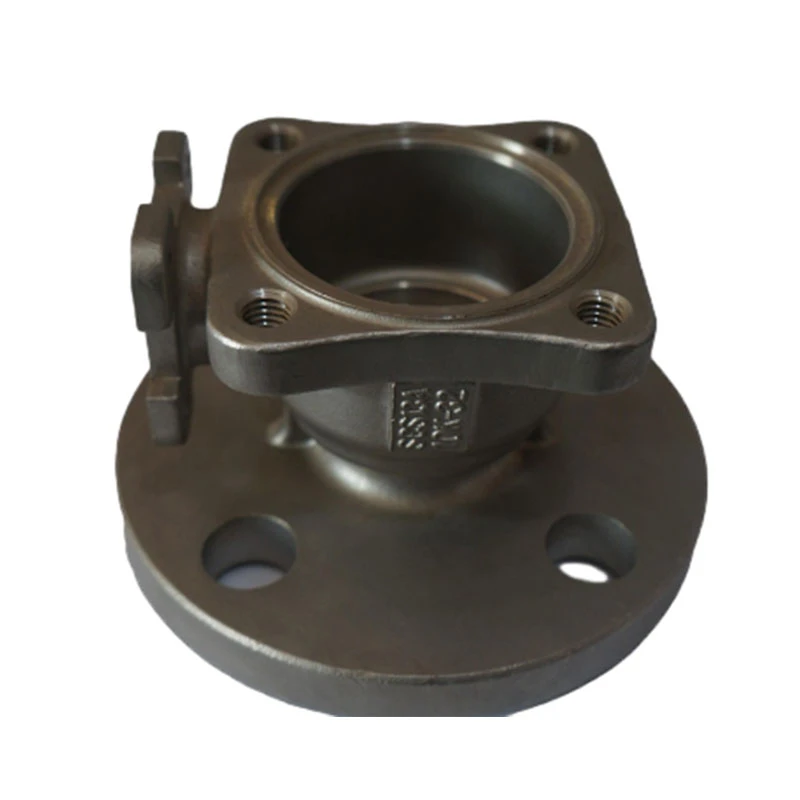Exploring the Benefits of OEM Stamping in Manufacturing Processes
Understanding OEM Stamping A Key Component in Modern Manufacturing
In today's fast-paced manufacturing environment, Original Equipment Manufacturer (OEM) stamping plays a pivotal role in producing high-quality parts and components for a wide array of industries. From automotive to aerospace, OEM stamping is essential for creating intricate designs with precision and efficiency. This article explores the fundamentals of OEM stamping, its advantages, its applications, and the future of this critical manufacturing process.
What is OEM Stamping?
OEM stamping refers to the process of using stamping presses to shape and cut metal sheets into specific forms that meet the requirements set by original equipment manufacturers. This process involves various techniques, including die cutting, deep drawing, and embossing, to produce precise and complex metal parts. Stamping can be performed on various metals, including aluminum, steel, and copper, making it versatile for multiple applications.
Advantages of OEM Stamping
1. Precision and Consistency One of the primary advantages of OEM stamping is its ability to produce parts with high precision and consistency. Advanced stamping technologies and tools enable manufacturers to replicate the same part repeatedly, which is critical for applications where tolerance levels are tight.
2. Cost-Effectiveness Mass production is a hallmark of OEM stamping, which allows manufacturers to produce large quantities of parts quickly and cost-effectively. By optimizing processes and reducing material waste, OEM stamping can significantly lower production costs compared to other manufacturing methods.
3. Versatility OEM stamping can accommodate a wide range of design complexities. Whether creating simple brackets or intricate parts with multiple features, stamping can adapt to various requirements. This versatility broadens the scope of products that manufacturers can offer, catering to diverse markets.
4. Strength and Durability Stamped parts are often stronger and more durable than those produced through other methods. The stamping process can enhance the mechanical properties of the metal, making it ideal for components subjected to significant stress or load.
5. Rapid Prototyping and Production The ability to create prototypes quickly is another significant advantage. Manufacturers can develop and test designs rapidly, allowing for faster time-to-market and the opportunity to make adjustments based on feedback.
Applications of OEM Stamping
oem stamping

OEM stamping is utilized across various sectors, each with unique needs and challenges. Some of the most common applications include
- Automotive Industry In automotive manufacturing, stamped components such as chassis parts, brackets, and exterior panels are crucial. The industry demands high-volume production with stringent safety and quality requirements, making stamping an ideal choice.
- Aerospace Sector In aerospace, precision and reliability are paramount. Stamped parts such as fuselage components and engine brackets must meet strict standards for performance and safety, which OEM stamping can provide.
- Electronics The electronics industry employs stamping for cases, heat sinks, and other components where precision and efficiency are essential. The ability to create complex shapes while maintaining tight tolerances is invaluable in this sector.
- Appliances Household appliances often consist of numerous stamped components, from frames to internal brackets. OEM stamping helps manufacturers keep costs down while ensuring that products are durable and reliable.
The Future of OEM Stamping
As technology continues to evolve, so too does the landscape of OEM stamping. The integration of automation and Industry 4.0 technologies promises to enhance productivity and efficiency in stamping operations. Smart factories that utilize real-time data analytics, robotics, and predictive maintenance are likely to become the norm.
Moreover, the rise of sustainable practices is influencing the OEM stamping industry. Manufacturers are increasingly focusing on reducing waste and recycling materials, aligning with global sustainability goals. Innovations in materials and techniques will likely lead to greener stamping processes in the future.
Conclusion
In summary, OEM stamping is a critical process in modern manufacturing that enables the production of high-quality, precise components for various industries. With its advantages of consistency, cost-effectiveness, and versatility, it stands out as an essential technique in the ever-evolving manufacturing landscape. As technological advancements continue to reshape the industry, the future of OEM stamping looks promising, offering even greater efficiencies and sustainability in production practices.
-
OEM Sand Cast Pump Valve Fittings - Baoding Hairun Machinery And Equipment Trading Co., Ltd.NewsJul.31,2025
-
OEM Sand Cast Pump Valve Fittings - Baoding Hairun | Precision Engineering, CustomizableNewsJul.30,2025
-
OEM Sand Cast Pump Valve Fittings - Baoding Hairun Machinery And Equipment Trading Co., Ltd.NewsJul.30,2025
-
OEM Sand Cast Pump Valve Fittings - Baoding Hairun Machinery And Equipment Trading Co., Ltd.NewsJul.30,2025
-
OEM Sand Cast Pump Valve Fittings - Baoding Hairun Machinery|Precision Engineering&Fluid ControlNewsJul.30,2025
-
OEM Sand Cast Pump Valve Fittings - Baoding Hairun Machinery And Equipment Trading Co., Ltd.NewsJul.30,2025















